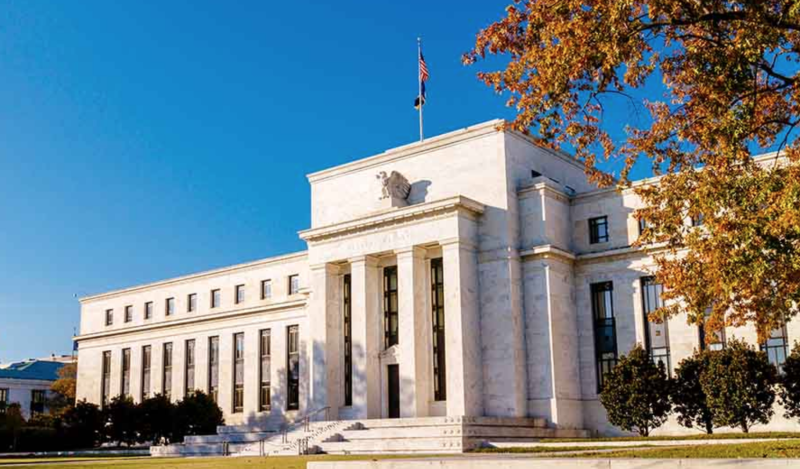by Kathy Jones, Head of Fixed Income, Charles Schwab & Company Ltd
Policymakers indicated that more interest rate cuts were likely in coming months.
The Fed focuses on the job market
With high inflation largely in the rearview mirror, the Fed's focus now is on its full-employment mandate. Powell indicated that the "balance of risks" has shifted—implying that supporting the job market has taken precedence over fighting inflation. In addition, the Fed's statement indicated that, "the committee is strongly committed to supporting maximum employment." Over the past few months, the pace of job growth has slowed substantially.
The pace of job growth has slowed

Source: Bloomberg, using monthly data as of 8/31/2024.
US Employment Total in Labor Force Net Change SA (USEMNCHG Index) and US Employees on Nonfarm Payrolls Total MoM Net Change SA (NFP TCH Index).
The biggest change was to the unemployment rate forecast. For 2024, the projection for the unemployment rate was revised up to 4.4% from 4.0%, with upward revisions to 2025 and 2026.
Economic projections reflect lowered inflation expectations

Source: Federal Reserve Board, 9/18/2024.
Notes: For each period, the median is the middle projection when the projections are arranged from lowest to highest. When the number of projections is even, the median is the average of the two middle projections. The central tendency excludes the three highest and three lowest projections for each variable in each year. The range for a variable each year includes all participants' projections, from lowest to highest, for that variable in that year. Longer run projections for core PCE are not collected.
Gauging the pace of rate cuts
FOMC dot plot

Source: Bloomberg. FOMC DOT Plot as of 9/18/2024.
In summary















